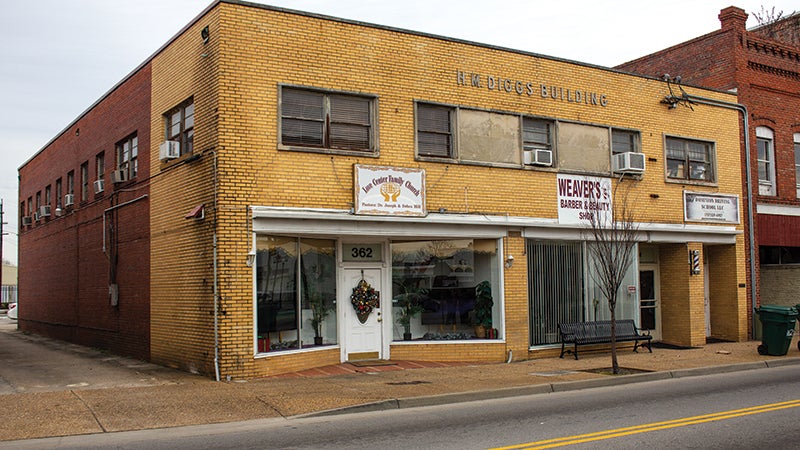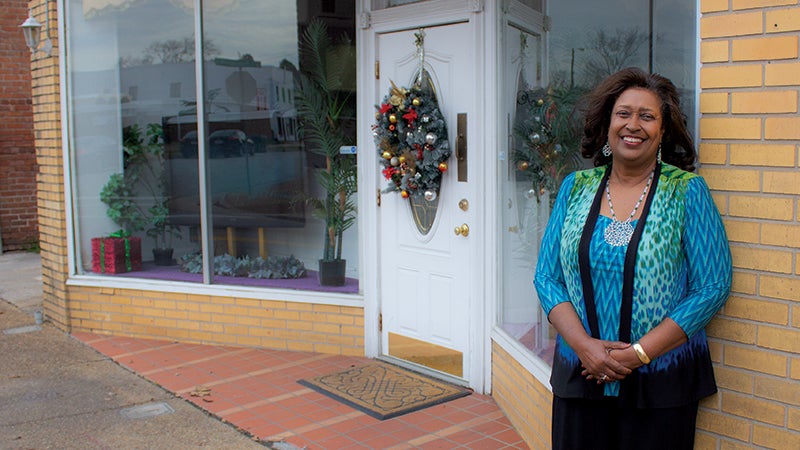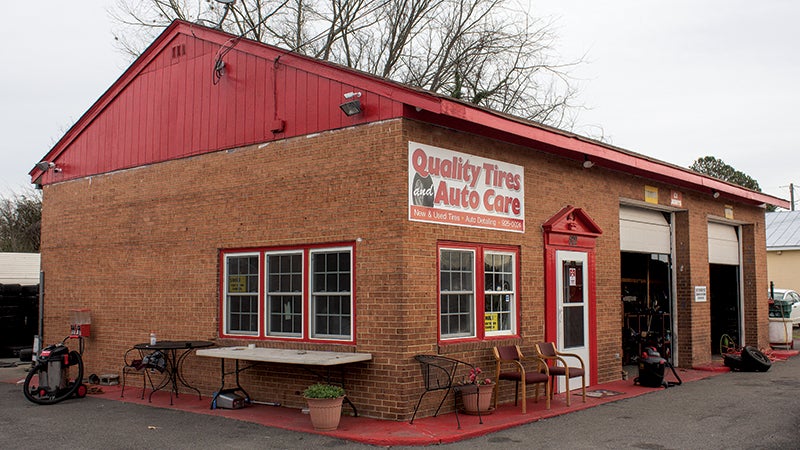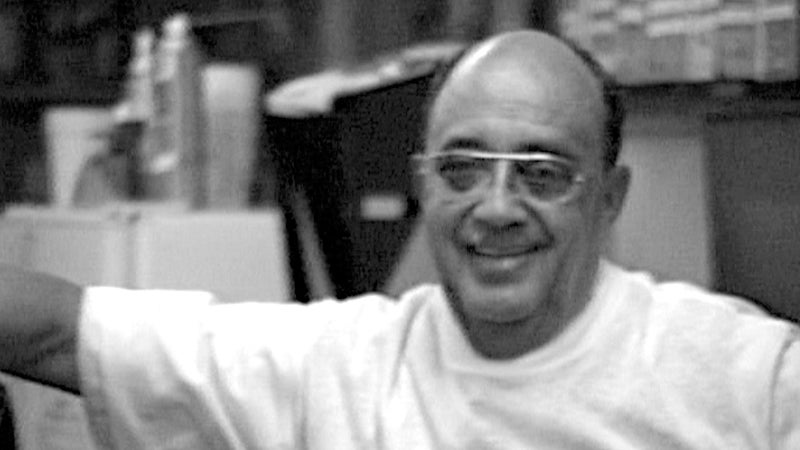‘The Green Book’ in Suffolk
Published 3:26 pm Wednesday, January 9, 2019
Where shall we sleep tonight?”
For years, it was the unfortunate question that black travelers in America had to ask themselves, as Jim Crow laws allowed establishments including hotels and motels to discriminate against blacks.
But a part of history that’s not well known by current generations helped travelers find establishments that welcomed their business.
Called “The Negro Motorist Green Book” or often just the “Green Book” for short, the guide was published by New York City postman Victor Hugo Green for more than three decades, until shortly after its purpose was rendered obsolete by the Civil Rights Act of 1964. Submissions were welcomed, and businesses could pay to highlight their listings.
While the book at first listed only hotels, restaurants and service stations in the New York metropolitan area, it rapidly expanded to include all kinds of establishments in most of the United States as well as parts of Canada, Mexico, Bermuda, the Caribbean and even Europe.
The book featured in the eponymous film “Green Book” of 2018, starring Mahershala Ali and Viggo Mortensen. In the film, based on a true story, New York City bouncer Frank “Tony Lip” Vallelonga, an Italian, is hired as a driver and de facto bodyguard for famed pianist Don Shirley, who is black and plans to go on tour in the South. As the movie goes on, Vallelonga has to consult the Green Book to find places where Shirley can stay.
Vallelonga, who the film shows as racist against blacks, at first resents Shirley’s attempts to refine his behavior but finds himself admiring Shirley’s talent and disgusted by the treatment he receives simply because of his skin color.
The film’s legacy has its complications, but it has served to educate those of younger generations about the true history of the Green Book.
Later editions of the Green Book listed three businesses in Suffolk: E&L Lassiter Pur Oil at 802 E. Washington St., Nansemond Co-Op Service Center at 133 Tynes St., and Suffolk Professional Pharmacy at 362 E. Washington St.
At each location still stands a building. The Nansemond Co-Op Service Center was demolished several years ago to make way for a new location of the Metropolitan Church Federal Credit Union.
The E&L Lassiter Pur Oil had changed to West Pur Oil by 1974, when William Goodman Sr. started working there, according to his son, William Goodman Jr. They now run Quality Tires and Auto Care at that location.
Patricia Lynn Richards-Spruill has fond memories of the Suffolk Professional Pharmacy, which was owned by her father, James E. “Doc” Richards Sr. He opened the pharmacy in 1954 and ran it until 1989. Richards-Spruill started working there in the soda fountain at age 16.
She later attended pharmacy school and came back to work at the pharmacy, this time as a pharmacist alongside her father.
As other pharmacies in town did not serve black customers, Doc Richards was proud to run an establishment that welcomed them.
“He felt good about filling that need, but the thing that was unique about my father … He opened it for people of color, but of any color,” Richards-Spruill said. “It wasn’t like he opened it and said, ‘This is just for my community.’ He didn’t discriminate. Anybody who wanted to come and have a prescription filled, he was open and he was ready.”
Richards-Spruill recalled one time that another pharmacy in town called and asked if her father had a medication they were out of stock. He did and offered to deliver it.
“He wasn’t quite sure that customer would want to come across the track to him,” Richards-Spruill said. But the customer didn’t mind and later remarked, “Not only was he served very professionally but they had the best tuna fish sandwich he ever had in his life,” Richards-Spruill remembered.
Doc Richards’ son, James E. Richards Jr., said he and his other sister, Ann, used to try out if they would be allowed in whites-only establishments.
“We would test various systems in Suffolk,” he said. “We would try to go into the movie theater and sit where we weren’t supposed to sit. We also used to go and try to sit at the lunch counters like Joseph P. Hall and the other pharmacies across the tracks, uptown, and of course we couldn’t.”
But when Suffolk Professional Pharmacy opened, it offered not only a pharmacy that catered to blacks but also a lunch counter.
“I remember the pride that we had that my father established Suffolk Professional Pharmacy,” Richards said. “People were amazed not only could they go in and get their prescriptions filled, they could sit down and order a soda. You could actually be treated with dignity and respect.”
Doc Richards’ brother, Otis Richards, was a part-time delivery driver for the pharmacy and recalled that the pharmacy was very convenient for the black community.
“In those days, you couldn’t go uptown and sit in the drugstore,” he said. “Even the restaurants, you had to go to the back door if you wanted to get something.”
He said his brother inspired many young blacks to go to school, and some of them went into the pharmacy field.
“It encouraged a lot of black people to take up their professions,” he said.
Doc Richards was a pioneering and savvy businessman, his son said. He delivered prescriptions before most others in the area did. He also was an early supporter when the rescue squad started in town, and he represented his borough on the Suffolk Planning Commission.
That’s why neither Richards nor his younger sister, Richards-Spruill, was surprised to learn recently that the pharmacy was listed in the Green Book: their father wouldn’t have missed a chance to support the black-owned publication and advertise his services to travelers.
“He had the respect of the entire business community, white and black,” Richards said. “He’s had a lot of influence on a lot of people.”
Richards-Spruill recalled how her father would fill prescriptions even if his customers could not afford them. He would even deliver them knowing he wouldn’t receive payment.
“Everybody thought he was rich,” she said. “But he was just the richest man in his heart.”











